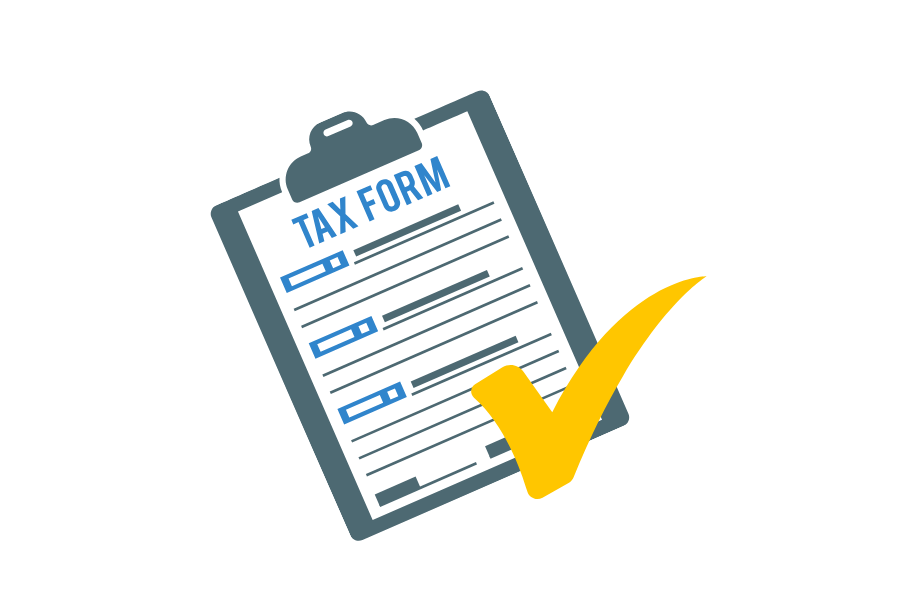What Are Net Operating Losses (NOLs) in US Small Businesses
Running a US small business comes with ups and downs. Some years are profitable, while others might see your expenses exceed your revenue. That’s when a Net Operating Loss (NOL) happens.
Understanding Net Operating Losses (NOLs) in US is essential for managing your cash flow and taxes. With proper guidance from corporate tax services in US, small business owners can turn a challenging year into a future tax advantage.
How NOLs Work for US Small Businesses
A Net Operating Loss happens when your business expenses and deductions are higher than your taxable income in a given year. The good news? These losses aren’t wasted—they can help reduce your taxes in the years when your business is profitable.
Why NOLs matter:
-
Reduce future taxable income: Losses from a tough year can offset profits later.
-
Pass-through entity limits: If you run a sole proprietorship, partnership, or S Corp, losses beyond annual limits become NOLs carried forward.
-
Cash flow advantage: Using NOLs wisely can improve your future cash flow and business stability.
2025 NOL rules at a glance:
-
Carryforwards: NOLs can be carried forward indefinitely but can offset up to 80% of taxable income in future years.
-
Carrybacks: Most NOL carrybacks no longer apply, following the Tax Cuts and Jobs Act (TCJA).
-
Excess business losses: Losses beyond limits for pass-through entities become NOLs carried forward.
-
Income smoothing: NOLs help level taxes over good and bad years.
-
Strategic planning: Tracking NOLs ensures efficient tax reductions in profitable years.
✅ Smart accounting meets tax expertise. Let AI handle your books while tax pros manage your filing. Learn about our all-in-one plans here.
How US Small Businesses Can Use Losses to Offset Future Taxes
The IRS Publication 536 (2023) is the go-to source for understanding how NOLs work. Here’s what small business owners need to know:
-
What counts as an NOL: When deductions exceed taxable income, creating a loss that can be carried forward to offset future profits.
-
Carryforward rules: NOLs can be carried forward indefinitely, limited to 80% of taxable income after December 31, 2020.
-
Exclusions: Certain deductions, like excess capital losses and qualified business income deductions, don’t count.
-
Leveling taxes: NOLs make tax payments smoother over multiple years—especially useful if your income fluctuates.
-
IRS guidance: Publication 536 includes worksheets and steps for calculating and claiming NOLs, ensuring compliance.
-
Supplementary forms: Forms like Form 461 and Form 172 help with proper NOL filings.
Following these rules ensures you get the most benefit from NOLs while staying compliant with IRS regulations.
How Corporate Tax Services Can Help
Navigating Net Operating Losses (NOLs) in US can be tricky, but professional corporate tax services simplify the process. They can help you:
-
Identify all eligible NOLs so no loss is left behind
-
Apply carryforwards strategically to reduce future taxable income
-
Ensure compliance with TCJA rules and IRS guidance
-
Integrate NOLs into financial planning to smooth cash flow and stabilize your business
Summary
Net Operating Losses (NOLs) in US small businesses give owners a way to turn a challenging year into a future tax benefit. By carrying forward losses, businesses can offset up to 80% of taxable income in profitable years. NOLs smooth out tax obligations, help manage cash flow, and support long-term growth. Following IRS Publication 536 and other official guidance ensures losses are applied correctly, maximizing benefits while staying compliant.
How Counto Can Help
Get accounting and tax filing in one smart solution. Our platform combines AI-powered bookkeeping with expert tax support, while your dedicated Customer Success Manager is just a message away. Choose a plan that covers all your needs at one fixed price. Chat with us now, email [email protected], or use our contact form.







